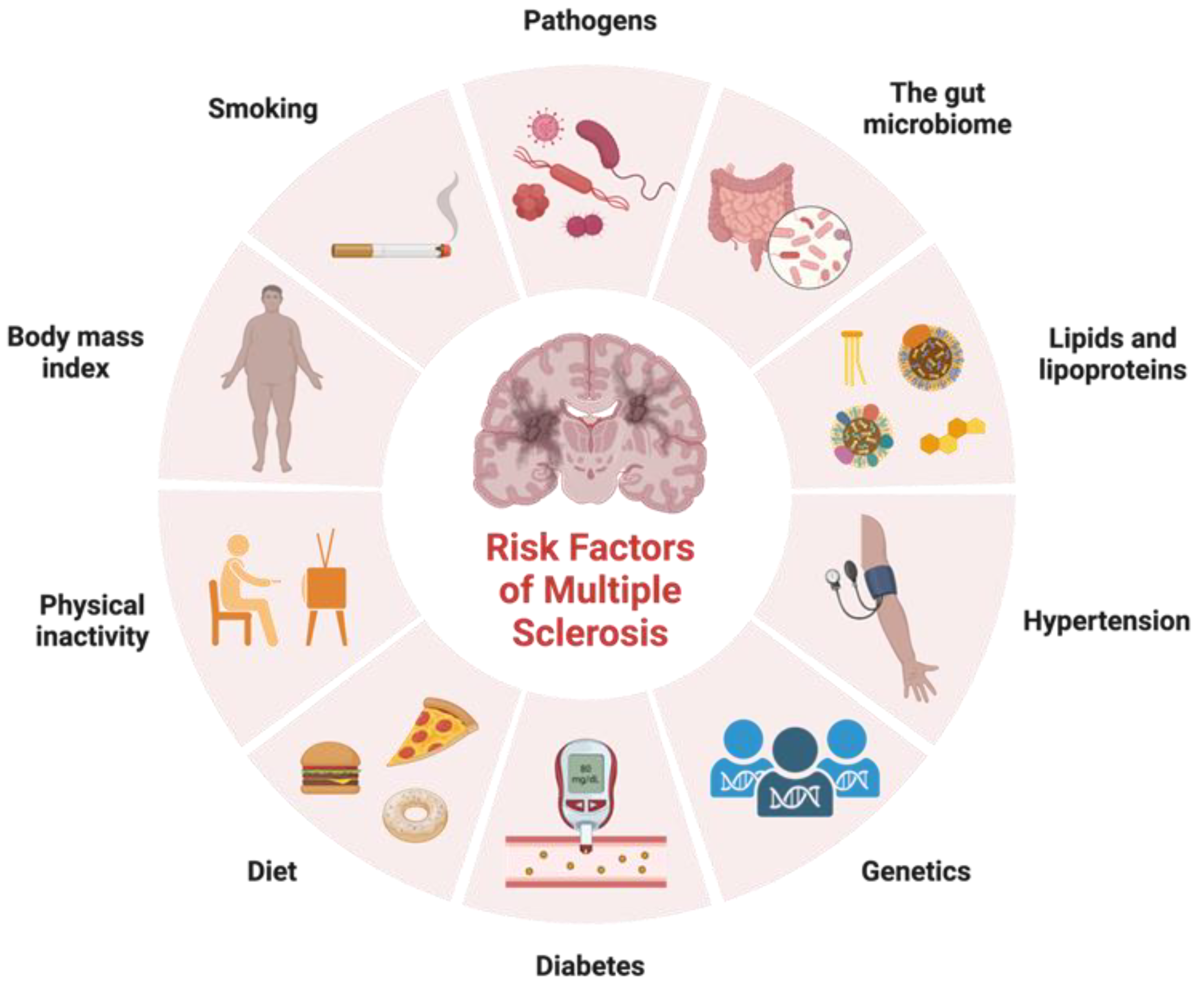The Mysteries of Multiple Sclerosis: Early Detection Holds Key to Better Outcomes
In a groundbreaking study published in Nature Medicine, researchers have unveiled a potential game-changer in the diagnosis of multiple sclerosis (MS). Led by Dr. Colin Zamecnik from the UCSF School of Medicine, the study sheds light on a unique autoantibody signature present in the blood of individuals years before they exhibit any symptoms of the disease.
(Image Source: Aster Hospitals)
ALSO READ: The Ice bath Debate
The team meticulously analyzed blood samples from 250 individuals with MS, drawn a staggering 5 years before and 1 year after symptom onset, and compared them with samples from 250 matched controls. What they discovered was astonishing: a distinctive cluster of autoantibodies was found in 10% of those with MS, appearing years before clinical symptoms manifested and persisting even after diagnosis.
(Image Source: Scholarly Community Encyclopedia)
ALSO READ: The Link Between Dietary Zinc and Asthma Risk in Overweight Kids
Dr. Zamecnik emphasizes the potential implications of this discovery for early diagnosis, a critical factor given the advancements in MS treatments over the past few decades. Early intervention has been shown to significantly improve outcomes for MS patients, making the identification of preclinical biomarkers a major breakthrough.
The study builds upon previous research suggesting the existence of an MS prodrome, characterized by nonspecific neurological episodes occurring years before formal diagnosis. By delving into data from a large MS cohort assembled during the Gulf War era, the researchers aimed to uncover clues hidden within the immune system.
(Image Source: Very well Health)
ALSO READ: The Science Behind Obesity: Dr. Richard Johnson's Groundbreaking Research
Utilizing cutting-edge techniques such as phage display immunoprecipitation sequencing, the team screened for autoantibodies in the blood of participants. Additionally, they measured serum neurofilament light (sNfL) levels, a marker of neuroaxonal injury, to further elucidate the preclinical landscape of MS.
The results were compelling: higher sNfL levels were observed closer to the date of diagnosis, indicating early signs of neuroaxonal injury before symptom onset. Moreover, the characteristic protein motif identified in the autoantibodies bore striking resemblance to motifs found in common viruses, including Epstein-Barr virus (EBV), a known risk factor for MS.
Validation of these findings in an independent MS cohort further solidified their significance. Dr. Zamecnik emphasizes the need for continued research to understand how individuals with this autoantibody signature differ from their counterparts and to explore the viral-host interactions underlying MS pathogenesis.
Dr. Bruce Bebo of the National Multiple Sclerosis Society, while lauding the study's contribution to our understanding of MS prodrome, cautions that further research is needed before these findings can be translated into clinical practice. Nonetheless, the discovery of a potential biomarker for early MS detection offers hope for more effective interventions and, possibly, prevention strategies in the future.
As researchers continue to unravel the complexities of MS, each breakthrough brings us closer to a future where early diagnosis and targeted therapies transform the lives of those affected by this debilitating disease.


:max_bytes(150000):strip_icc()/VWH_Illustration_Tips-for-Managing-Multiple-Sclerosis-Remission_Laura-Porter_Final-5dd7025c775149f3bbef476b58246a08.jpg)

I really happy that i and my husband are cured of (HERPES SIMPLEX VIRUS) with the herbal medicine of Dr Aziegbe, i have been suffering from this disease for the past 1 years without solution until i came across the email of this doctors who have cure so many people with his herbal medicine, i also choose to give him a chance to help me and my husband, he told me what to do and i kindly did it, and he gave us his herbal medicine and direct me on how to use it, i also follows his instruction on how to use it and he ask us to go for a check up after 2 weeks and which i did, to my greatest surprise our result came out as negative, we are really happy that there is someone like this Dr Aziegbe who is ready to help anytime any day. to all the readers and viewers that is doubting this testimony stop doubting it and contact this Dr Aziegbe and see if he will not actually help you. Contact him on via email... DRAZIEGBE1SPELLHOME@GMAIL.COM . also cure all kinds of diseases , HEPATITIS, A,B,C , CROHN'S DISEASE CANCER, DIABETICS , FRIBLOD.
ReplyDelete